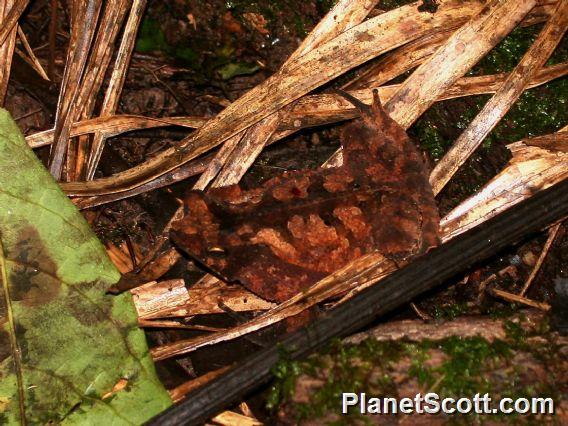South American Common Toad (Rhinella margaritifera)

South American Common Toad (Rhinella margaritifera)
×


South American Common Toad (Rhinella margaritifera)
About South American Common Toad (Rhinella margaritifera)
- Kingdom: Animals
- Phylum: Chordates
- Class: Amphibians
- Order: Toads and Frogs
- Family: True Toads
The South American common toad is a species complex of toads in the family Bufonidae. They are found throughout the Amazonian South America and eastern Panama. It was originally believed to be a single species, but is now known to represent a complex of more than one.
Source: Wikipedia
Lifelists
Trips
Visits
-
2006-11-11
Sani Lodge, Ecuador

